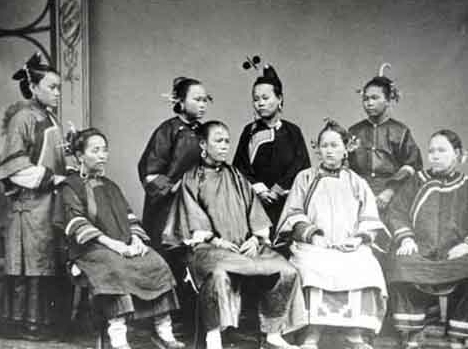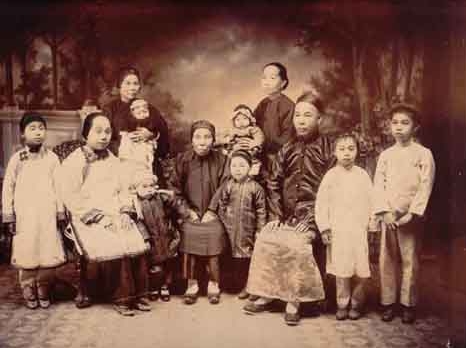
In early times in Fuzhou, South China, yisao and yimei (married woman and unmarried woman) could be distinguished from each other according to their hairstyle. In the period after the Qing Dynasty and at the beginning of the Republic of China, married women there wore their hair in a bun while unmarried women wore their hair in a plait, which was a generally accepted custom, and no one should go against it. Those with a bun were called respectfully "yisao" while those with a plait were called "yimei" endearingly. So the mark was clear, and the borderline was definite: you can judge at first sight, without mistake.

By the 1920's and 1930's, married women's hairstyle changed gradually from the bun to the modish perm. On the day before wedding, the girl went to the barber's to have her hair permed, accompanied by her lady friend or relative. After the perming, when she walked on the street, every one (whether acquaintances or strangers) could understand that she would become a bride soon. In that period, the boundary between yisao and yimei was still clear, so, you would not make a mistake if you call someone according to her hairstyle.
Later on, unmarried teenage girls also had their hair permed, and some yisao who had become mothers still plaited their hair, so it became hard to tell a yisao from a yimei only according to the hairstyle.





